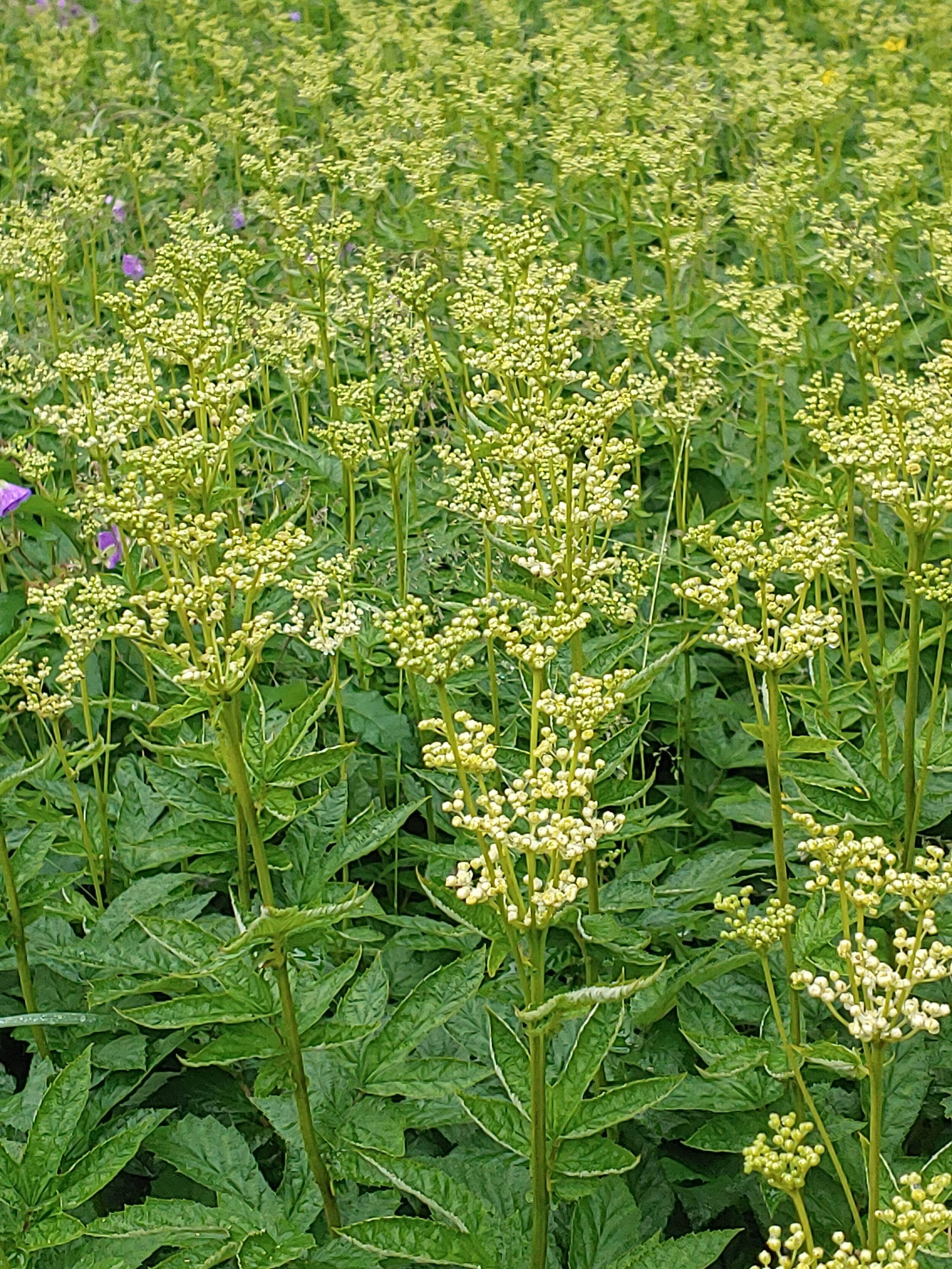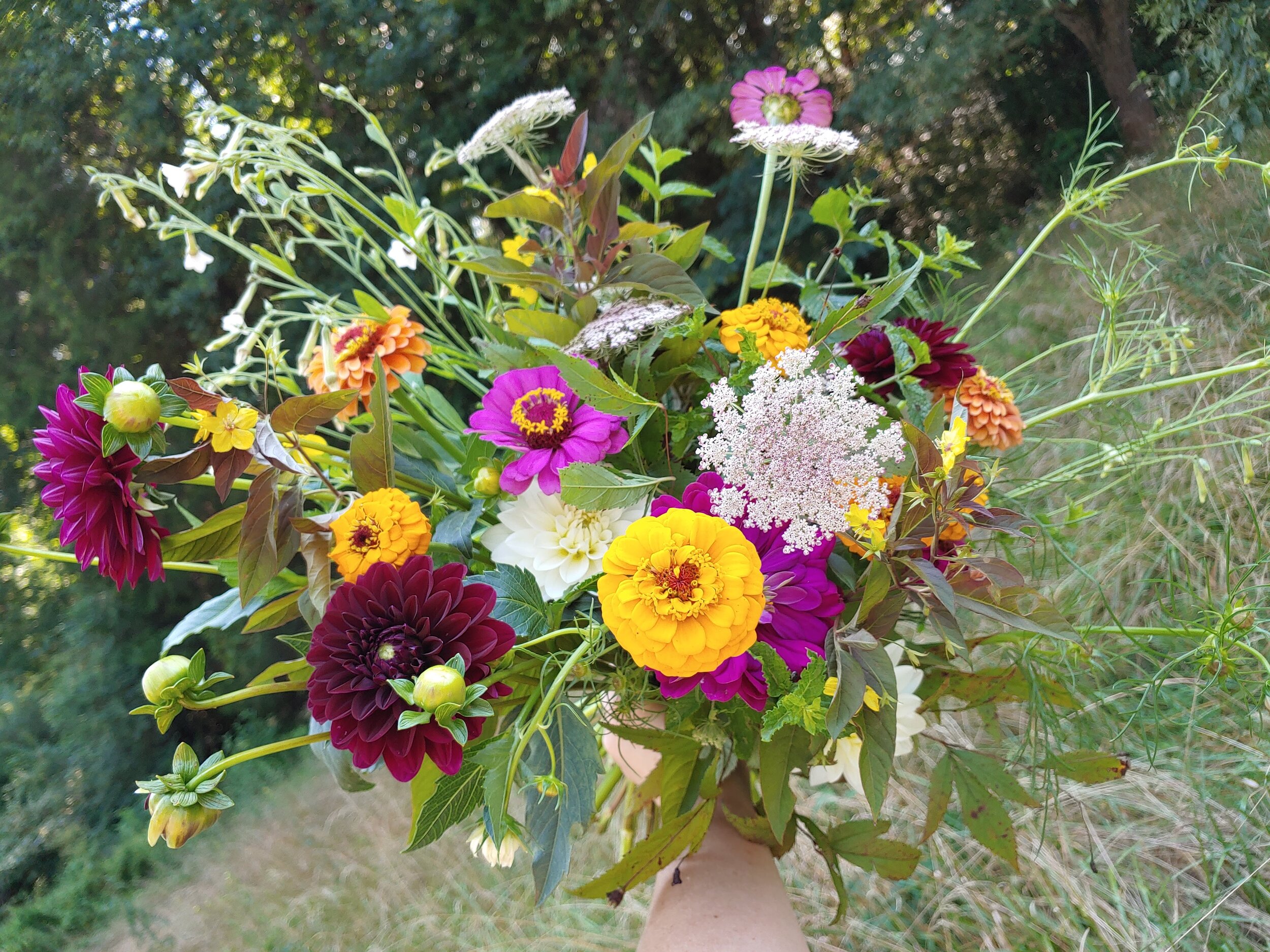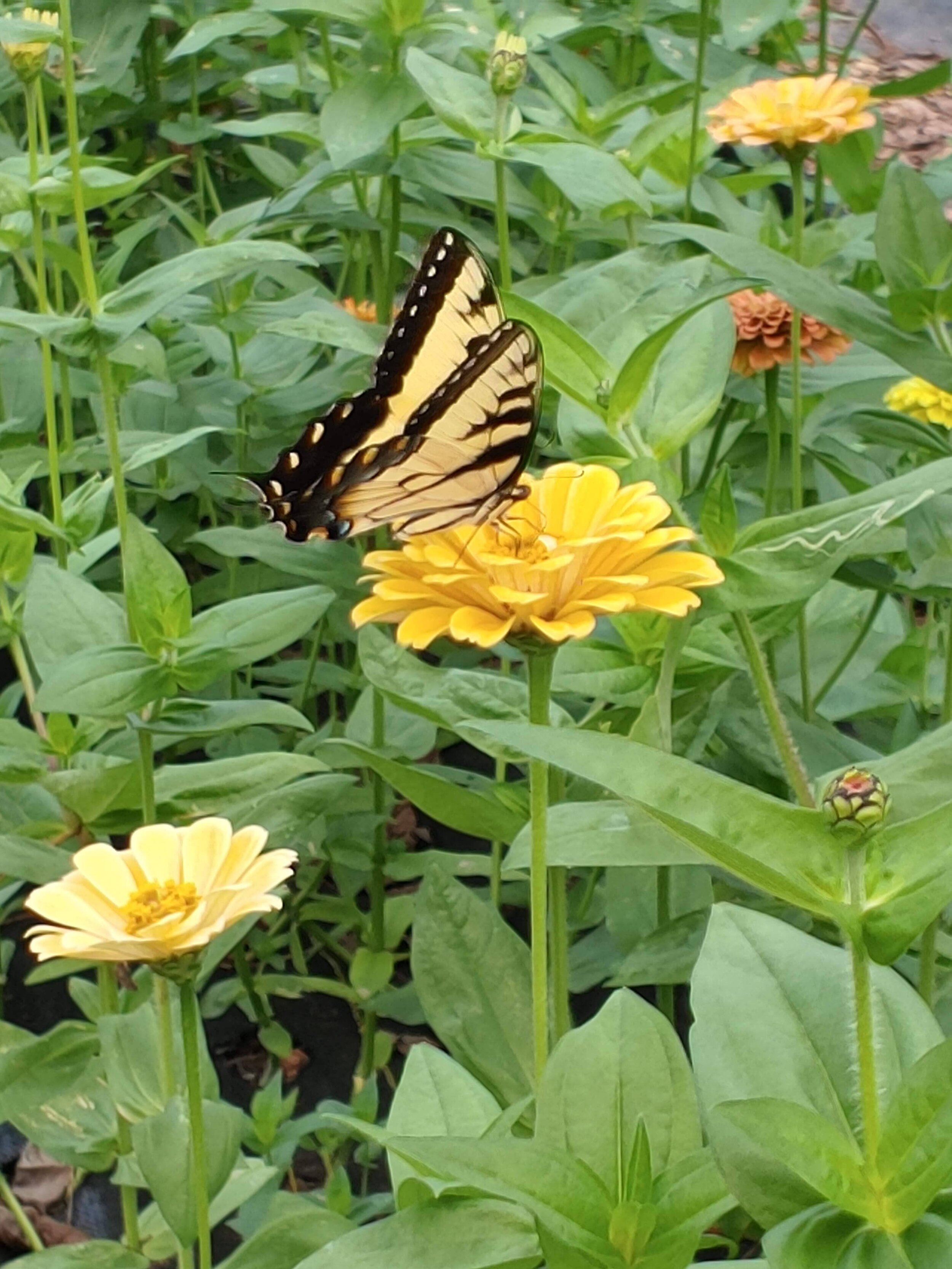
Icelandic Flora
A few days into our trip, we visited the Grasagarður Reykjavíkur (Reykjavik Botanical Garden). It was definitely a highlight of the trip for me. Weather in Iceland in July is like perpetual spring. It feels like our March weather. I loved it! I highly recommend visiting Northern countries in the middle of the summer- great way to beat the heat!
My favorite part of the botanical garden was called the Systemic Garden. The understanding I eventually came too (b/c remember a lot of stuff is written in Icelandic) was that this was a test garden of sorts. It contained multiple varieties of each species planted in the garden. The plants were in raised stone beds with stone dividers.
I had the chance to see so many plants that I dream of growing but I know won’t make it in our hot climate. But the best of all was the Blue Poppy!
I’ve loaded up a gallery below of some of my favorites. If you hover over the photo, you can see the name.
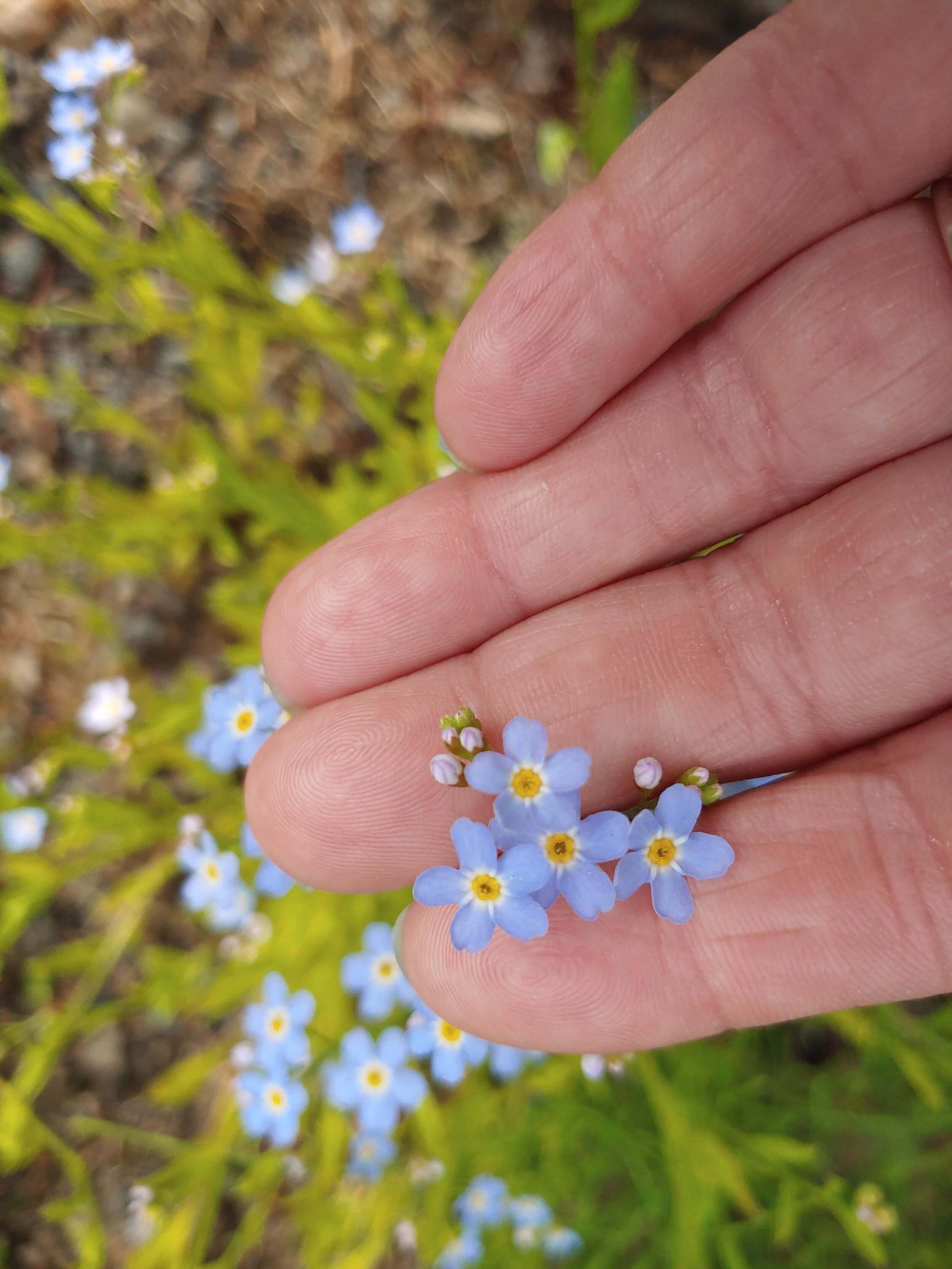





The wild flora was fascinating too. Back in the 1940’s lupines were brought in to increase soil stabilization. They appear to have done their job a little too well and now are taking over some of the native flora. We arrived at the tail end of their bloom. They were all over the roadsides during our travels through the southern part of Iceland.
The northern part of the country had a higher population of wild Angelica and some type of filipendula.
The landscaping around the towns and homes was beautiful but surprising to me. It was an odd juxtaposition of plants. You would have a large planter bowl full of calendula, snapdragons, grasses and then a Dahlia! So lots of cool season plants and a warm season focal!
Also they like to use spirea, alchemilla, and snowberry as foundation shrubs in front of their houses or for hedges in the backyards. Can you imagine a hedge of spirea in July? All of these were blooming in late July.
Lilac was very common too (and it was in bloom). Think of it this way- what if someone swapped out all our crepe myrtles for lilacs? Their lilacs weren’t bushes— they were trees! (This would be an improvement in my opinion)
Iceland is a fascinating country. I feel like we took a geological tour for our vacation. I’ve included a gallery of some other things we saw below in case you missed when I posted them in my Instagram stories.
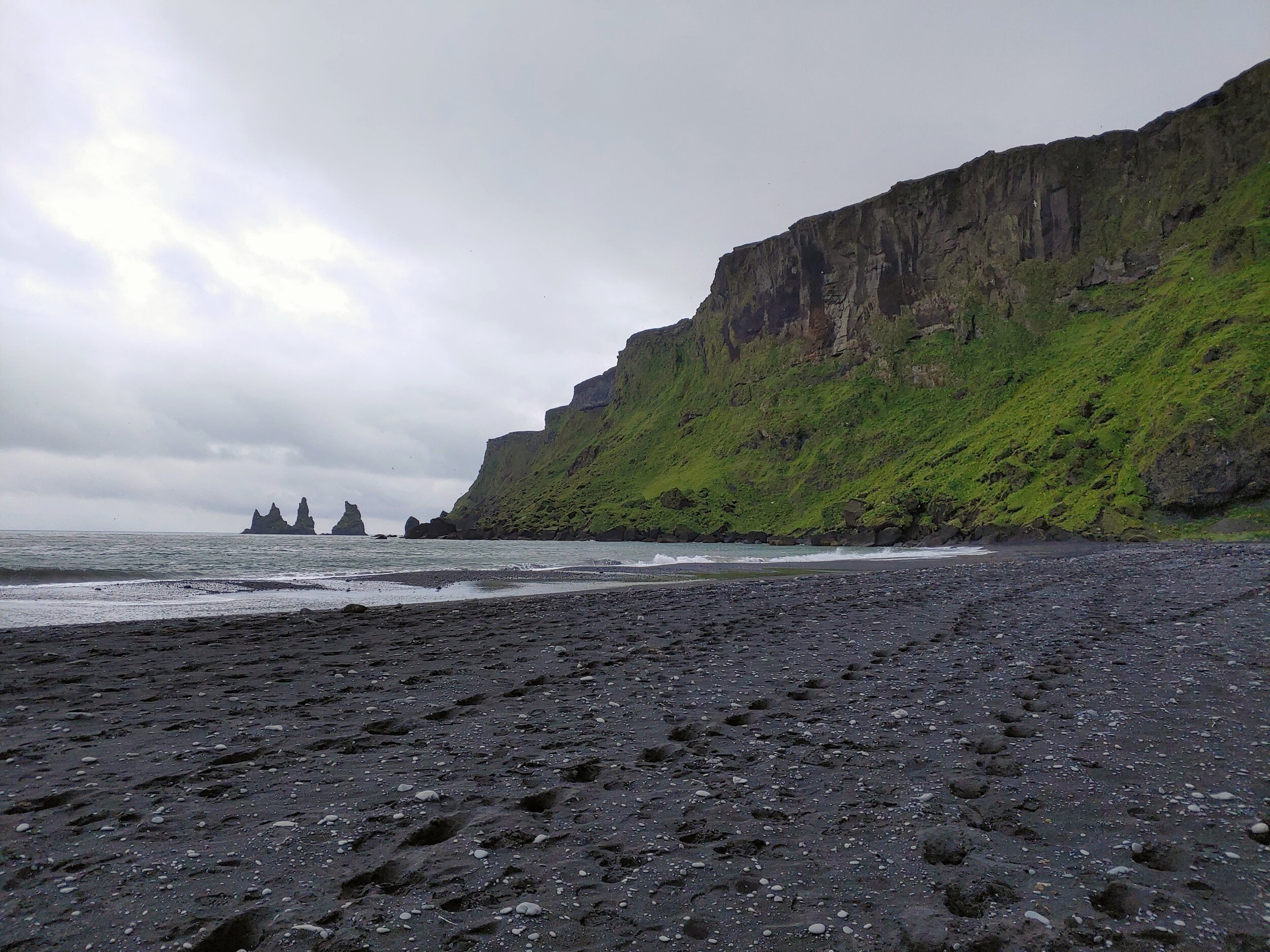


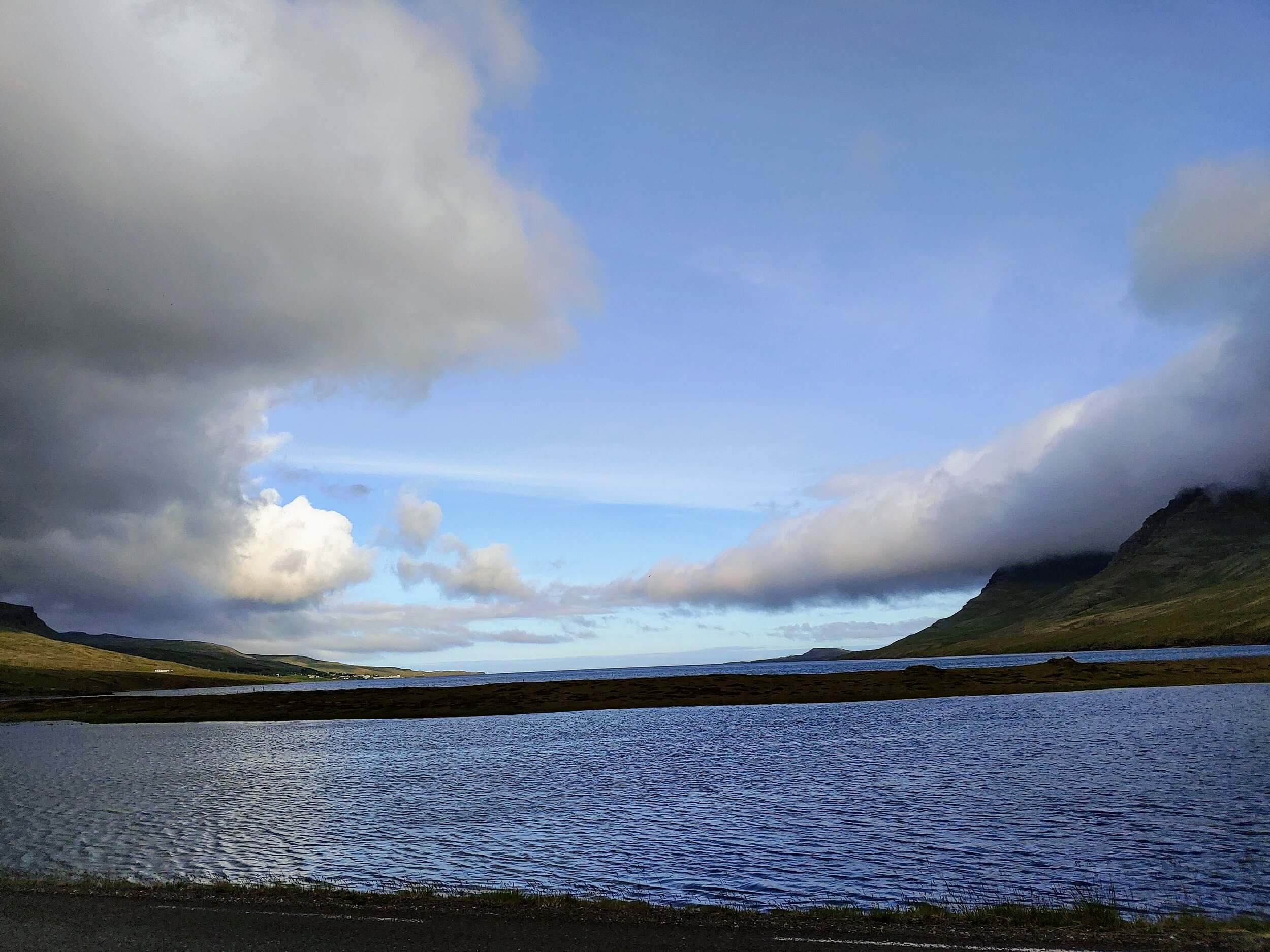





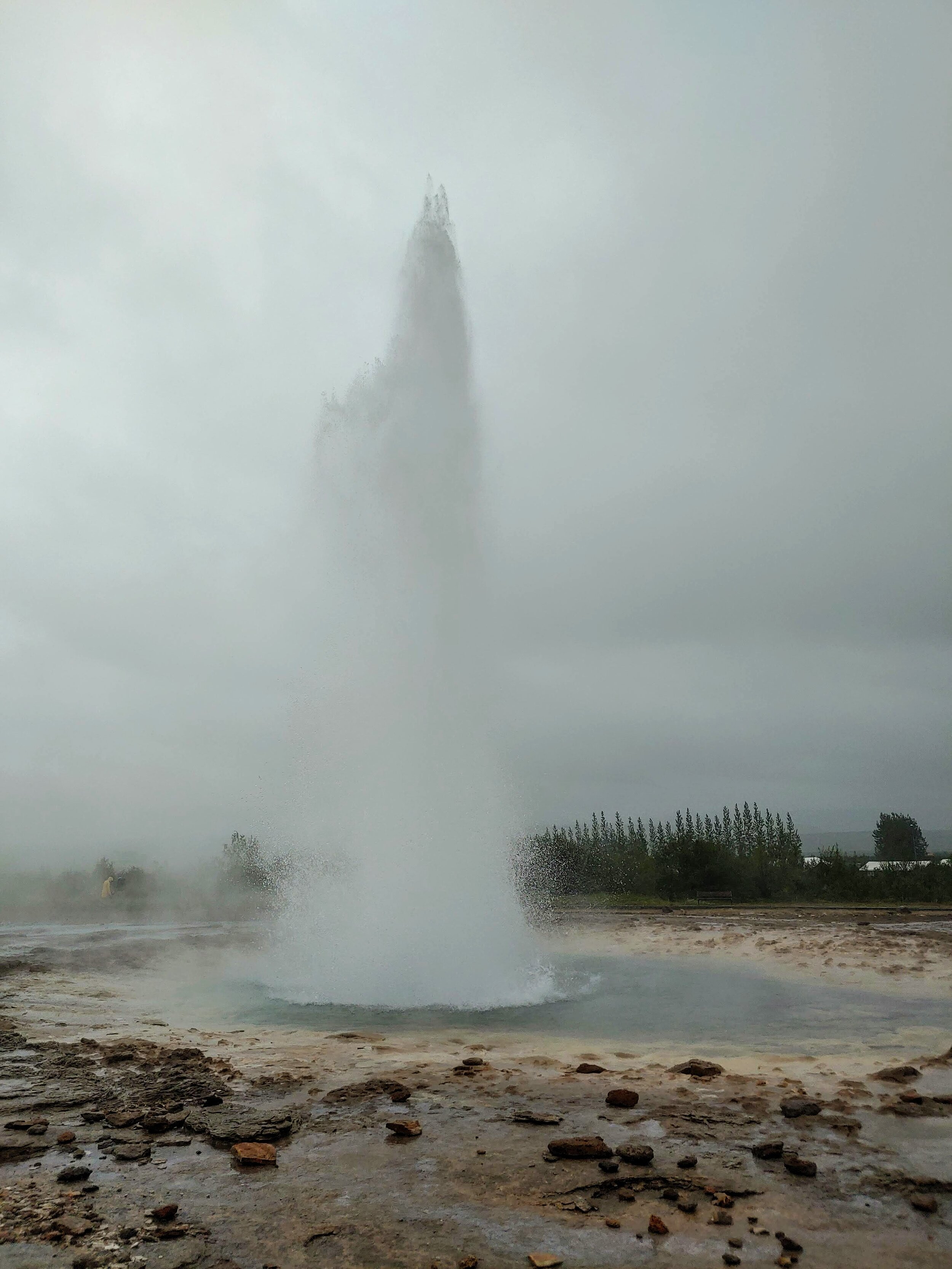


Tips for a great Summer Cut Flower Garden
It’s time to get planting! Here are my top tips to have a great cut flower garden this summer:
Pinch your plants. Most summer cut flower annuals need to be pinched. Pinching means you cut the plant back when it’s between 12-18”. Cut back to 3-4 leaf pairs- cut right above a leaf pair. Some plants that benefit from pinching are: Cosmos, Zinnias, Dahlias, Celosia (not the brain types), ageratum, Gomphrena and Eucalyptus. Pinching causes the plant to branch giving you more stems to cut and a bushier appearance to the plant.
Space Correctly. 9” is a good spacing for most cut flower plants. This allows the plants room to grow but also forces them to grow more upright so they produce nice long stems. You can go a little closer on some things but you have to watch more closely for disease issues b/c they can spread rapidly with closer plants. Also grouping your plants to the same variety in a cut flower garden aids their growth habits. Remember cut flower gardens are for producing stems and not necessarily for aesthetic plant placement.
Support your plants. Flower farmers often use a product called Tenax Hortonova netting. This is a horizontal support netting that comes in various widths. You can buy it online from most plant/greenhouse supply places. Use rebar stakes - these work better than wood if you have heavy clay soil. They also last longer than one season. Install your support netting while the plants are small- much easier than waiting until they are sprawling all over the bed.
Water, water, water! Make sure you are giving your plants adequate water. In order to produce abundant blooms, plants need water! Good drainage is also key. Most cut flowers don’t like to have their roots sitting in mucky wet soil. A small garden style irrigation kit is a life saver in the summer time. The time it will save you is worth the money. Not to mention the peace of mind while you are on vacation.
Feed your plants. Most soils in our Upstate area have decent nutrition but plants can use it up. So once a month, top up the nutrition in your beds with a liquid fertilizer. I recommend the Neptune’s Harvest brand. Fertilizers that work for growing tomatoes work well for flowers too! Cosmos are the exception though— if you give them fertilizer, they will make lush green plants with no blooms. Cosmos actually prefer poor soil.
Limit your use of pesticides. Most summer cut flowers don’t attract major pests. And if they do, the pest usually has a life cycle and is gone within a few weeks. I recommend adopting a wait and see approach. This means not reacting immediately when you see a pest. Do this instead: Research- find out what the pest is, make sure you can identify it correctly. Read about it and learn what it’s predator’s are, learn how to attract them. Water sources in your garden are one of the best ways to attract predators. They attracts birds and they are some of the most useful predators. Remember if you want a garden without harmful pesticides that you means are looking to strike a balance. You have to accept some bad bugs b/c without them the good bugs have nothing to eat and therefore won’t come to your garden. A few nibbles on your petals are a small price to pay for a chemical free garden.
So there you have it— some great tips for a successful cut flower garden! I look forward to seeing your flower photos this summer!



